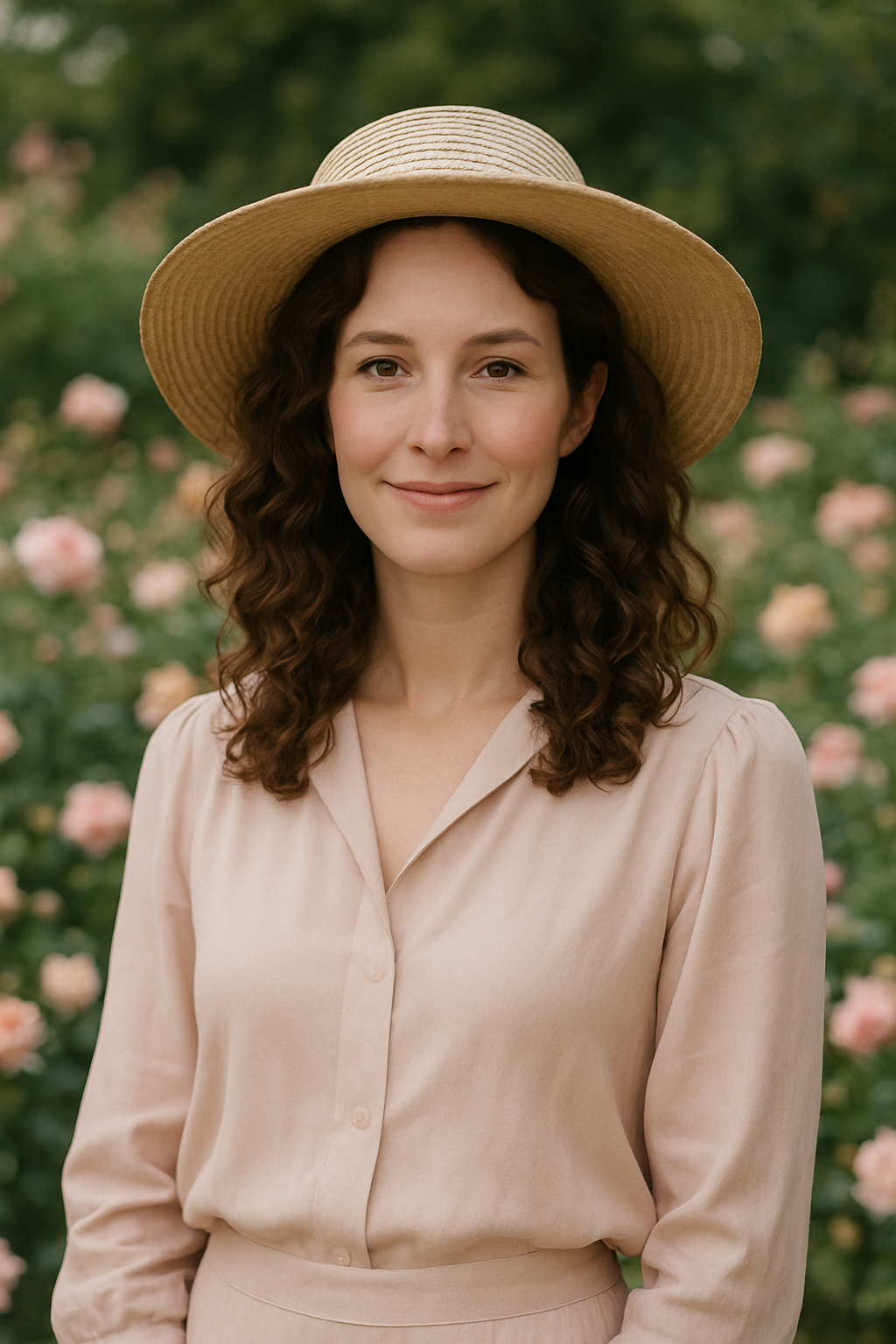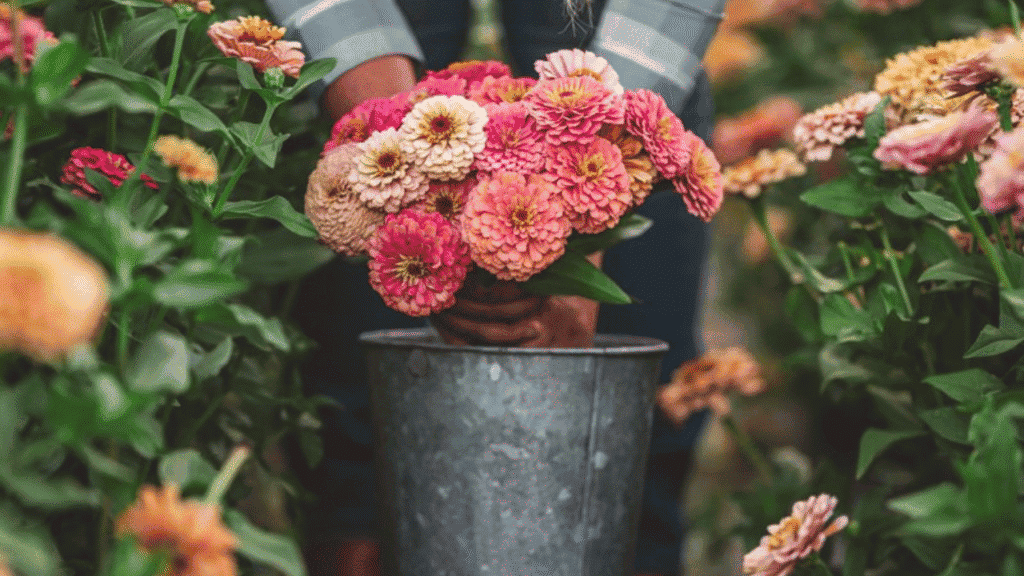
A Blooming Beginning: Why I Fell in Love With Flower Farming
I still remember standing in my backyard, hands covered in soil, heart full of hope. I had just planted my very first row of zinnias, and though I wasn’t sure what I was doing, I was sure I wanted to try. If you’re reading this, you might be in that same place — dreaming of rows of colorful blooms, wondering if you can really grow your own cut flower garden.
Let me tell you this: You absolutely can. In this Beginners Guide to Cut Flower Gardening | First Year of Flower Farming, I’ll walk you through everything I wish I had known when I started. From choosing easy flowers to managing harvests, this guide is for dreamers who are ready to get their hands dirty and grow something beautiful.
Building the Foundation for Your First Flower Garden
Your first year in flower farming is all about learning and experimenting. A solid foundation will set you up for long-term success.
Choosing the Right Space
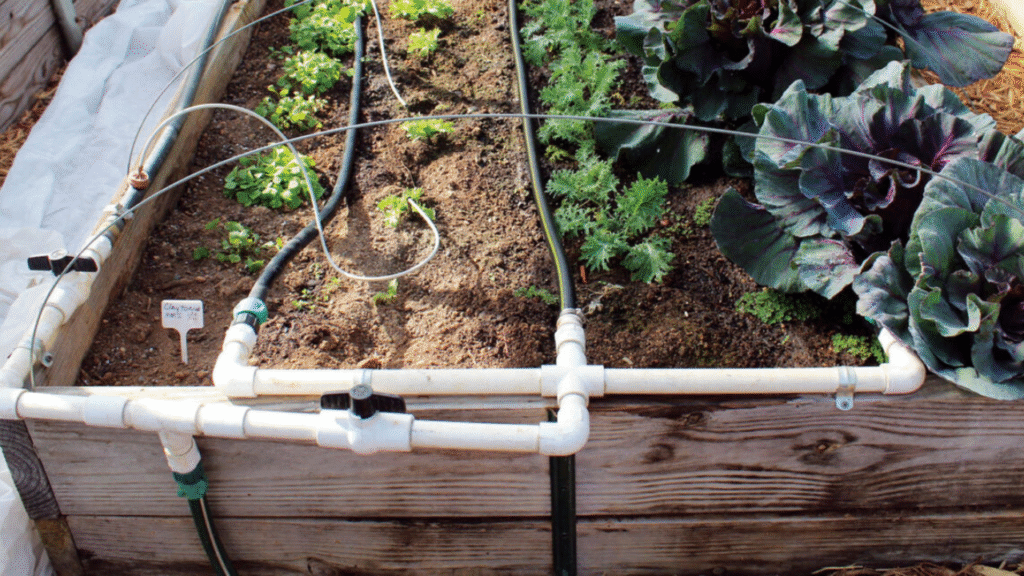
- Sunlight: Pick a location that gets at least 6–8 hours of full sun.
- Soil: Well-draining soil is a must. Avoid low spots where water collects.
- Accessibility: You’ll be walking here daily — make it easy to reach with your tools and hose.
Understanding Your Zone and Frost Dates
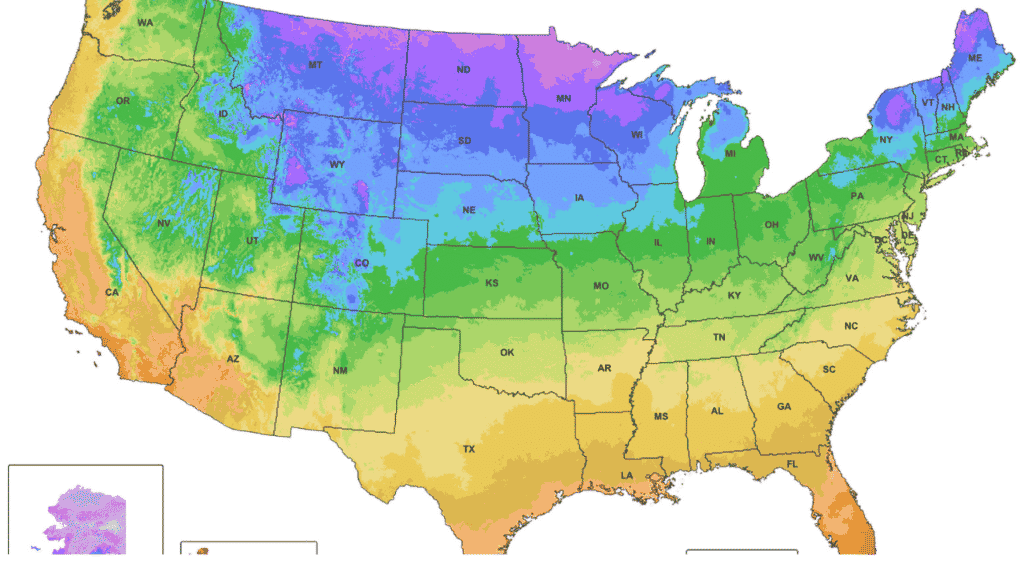
Before planting anything, look up your USDA hardiness zone and average last frost date. These two things will shape your growing calendar. For example:
| Zone | Last Frost Date | First Frost Date | Growing Season |
|---|---|---|---|
| 5 | May 10 | Oct 10 | ~150 days |
| 7 | April 15 | Nov 15 | ~215 days |
| 9 | Feb 15 | Dec 15 | ~300 days |
Easy-to-Grow Cut Flowers for First-Year Success
As a beginner, your goal is to grow flowers that are forgiving, prolific, and beautiful in the vase. These are the MVPs of your first garden.
Zinnias: The Ultimate Beginner Bloom
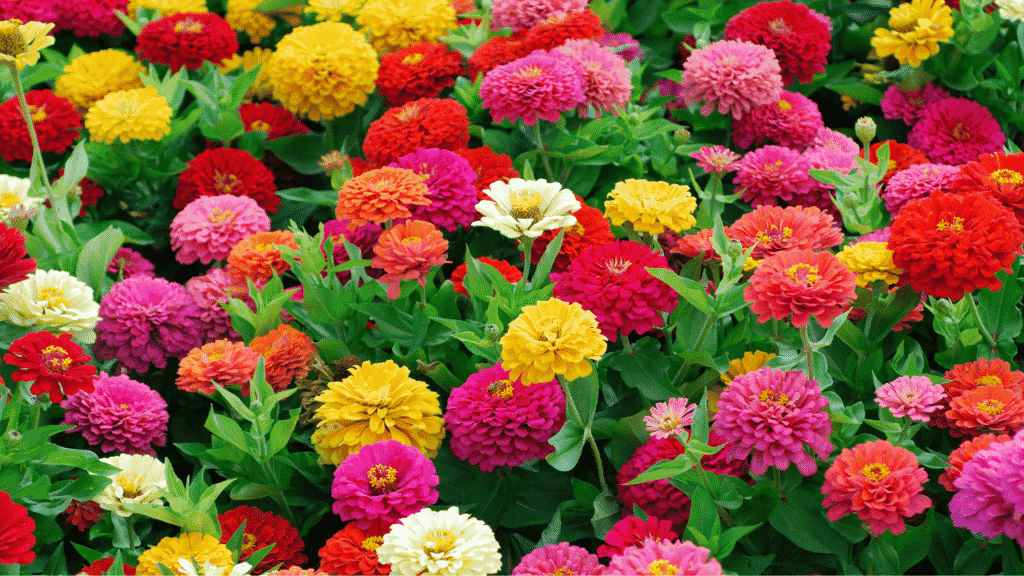
Zinnias were the first flowers I ever harvested, and they’ve held my heart since. They’re heat-loving, low-maintenance, and bloom in every color imaginable.
Cosmos: Whimsical and Wispy
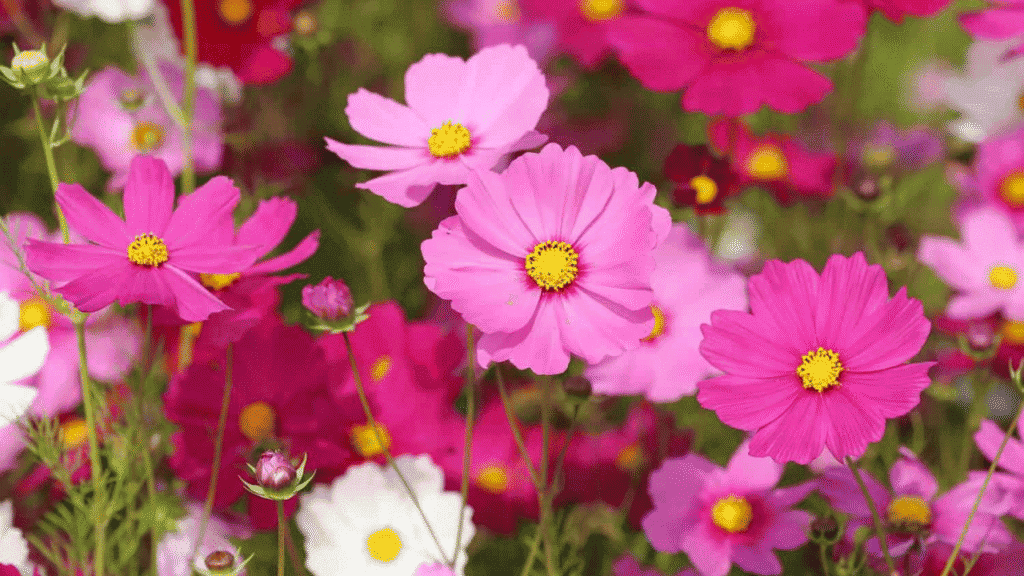
With their delicate petals and long stems, cosmos add a wild, romantic touch to any bouquet — and they reseed easily.
Sunflowers: The Cheerful Workhorse
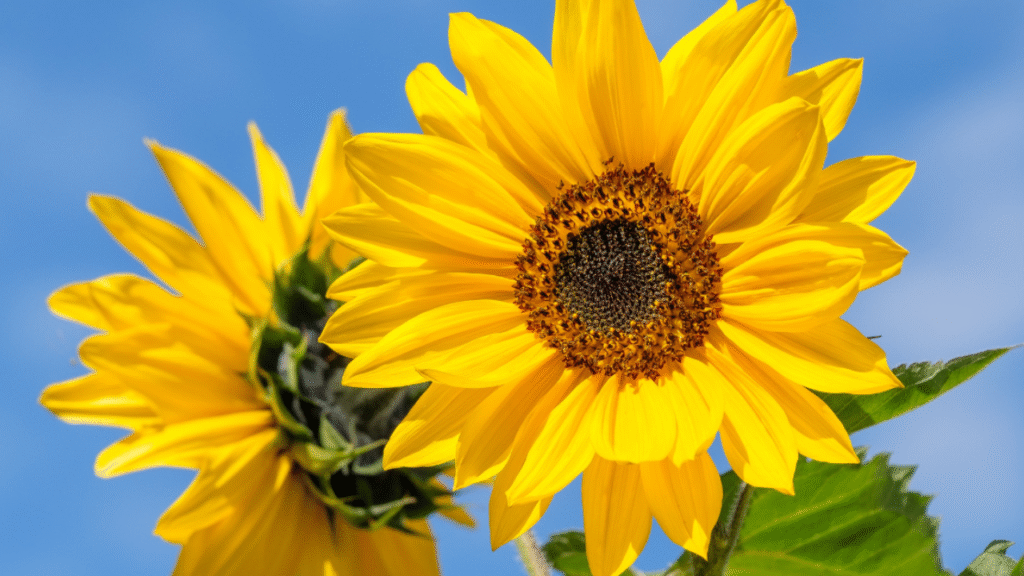
Nothing lights up a garden like sunflowers. Go for branching varieties like Sunfill Purple or ProCut for more stems per plant.
Celosia: Texture and Color in One
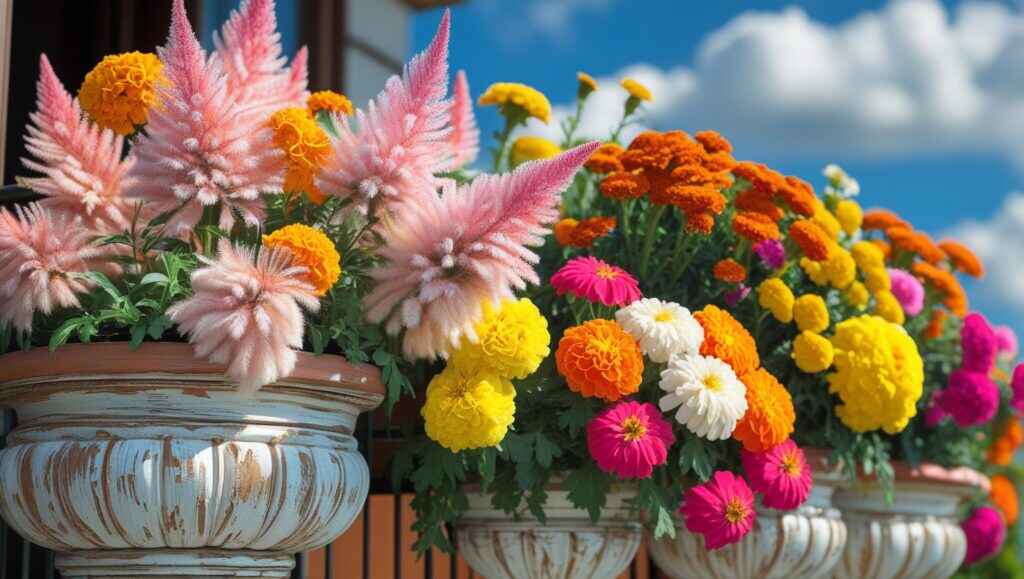
Celosia brings bold shapes and vibrant hues to the mix. Their flame-like plumes or brainy crests are stunning both fresh and dried.
Planning and Planting Your First Flower Bed
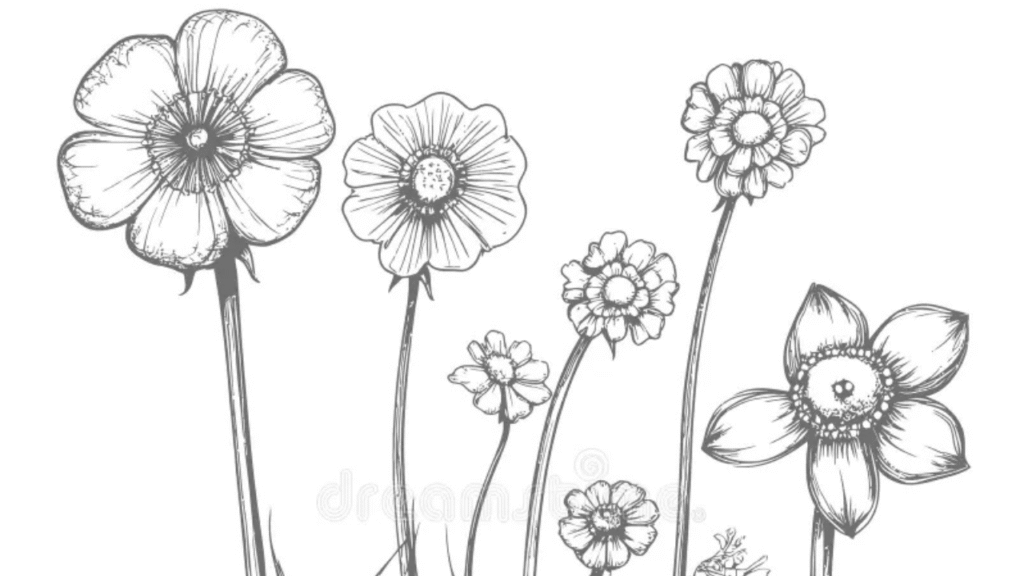
Before you grab a trowel, take a little time to sketch out your space and build a basic plan.
Start Small and Scale Up
Trust me — it’s better to start with one manageable bed than overwhelm yourself with a full field. A 4×8 or 4×12 raised bed is a great place to begin.
Use Rows and Spacing Like a Farmer
Plant in straight rows to make harvesting and weeding easier. For example:
- Zinnias: 9–12 inches apart
- Cosmos: 12 inches apart
- Celosia: 6–9 inches apart
- Sunflowers: 6 inches apart
Succession Planting = Continuous Blooms
Instead of planting all your seeds at once, sow in waves every 2–3 weeks. This keeps your garden blooming longer.
Tools and Supplies Every New Grower Needs
You don’t need fancy gear to get started — just a few quality basics:
- Sharp snips or garden scissors
- A clean bucket for harvest
- Row markers or plant labels
- Compost or organic fertilizer
- Drip hose or watering can
- Seed trays and grow lights (if starting indoors)
Keeping Your Flower Garden Thriving
The magic isn’t just in planting — it’s in nurturing your garden as it grows.
Watering Tips
- Water deeply 2–3 times a week rather than daily sprinkles.
- Morning watering helps prevent disease.
Feeding Your Blooms
Feed with a balanced organic fertilizer every 2–3 weeks during peak bloom.
Supporting Tall Growers
Stake taller varieties like cosmos and branching sunflowers early so wind or rain doesn’t knock them over.
Harvesting Flowers for Maximum Vase Life
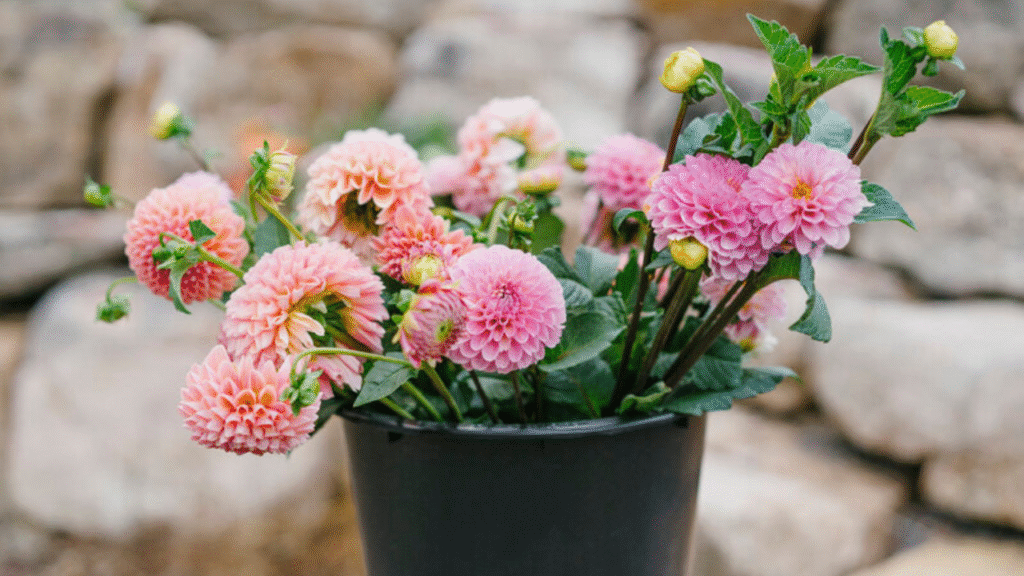
This is where the real fun begins — bringing your blooms indoors to enjoy or share.
Best Time to Harvest
Cut in the early morning or late evening when the stems are fully hydrated.
Harvest Stage Matters
- Zinnias: Wiggle test — if the stem is firm, it’s ready.
- Cosmos: Cut just as the first petal begins to open.
- Sunflowers: Harvest when petals begin to lift off the center.
Post-Harvest Care
- Strip all leaves below the water line.
- Use clean, sharp snips and a bucket of fresh water.
- Rest flowers in a cool, dark place for a few hours before arranging.
First-Year Flower Farming as a Side Hustle
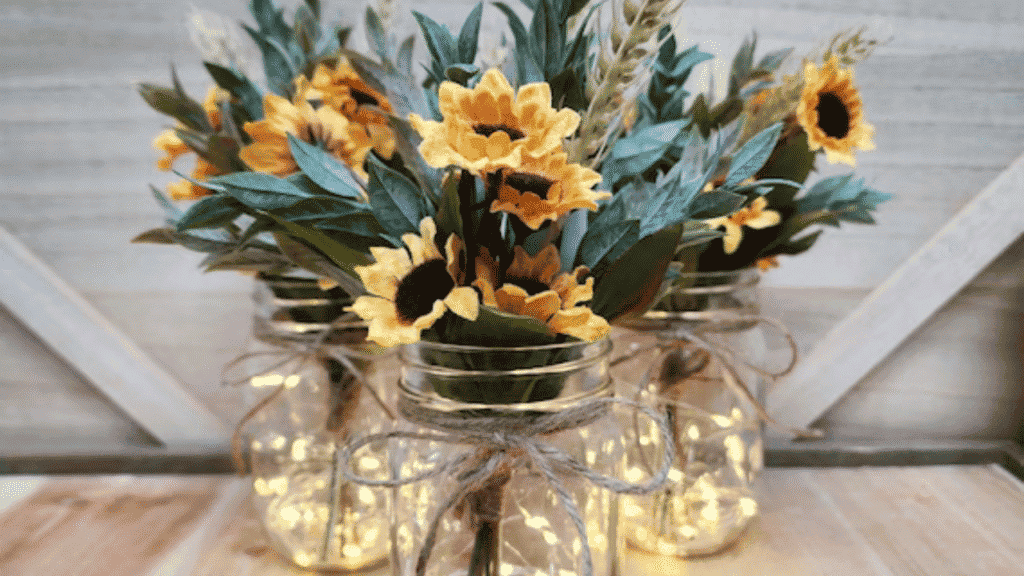
You might start with a hobby garden — but don’t be surprised if you catch the farming bug!
Start Small with Local Sales
- Mason jar bouquets for neighbors
- Pop-up stalls at farmer’s markets
- Bouquet subscriptions or CSA shares
Keep Track of Costs and Yields
Even a simple spreadsheet helps you see what’s working and what isn’t.
Learn and Connect
Join Facebook groups, follow flower farmers on Instagram, and read books like The Flower Farmer by
Common Mistakes to Avoid in Your First Year
Learning is part of the fun, but here are a few mistakes I made so you don’t have to:
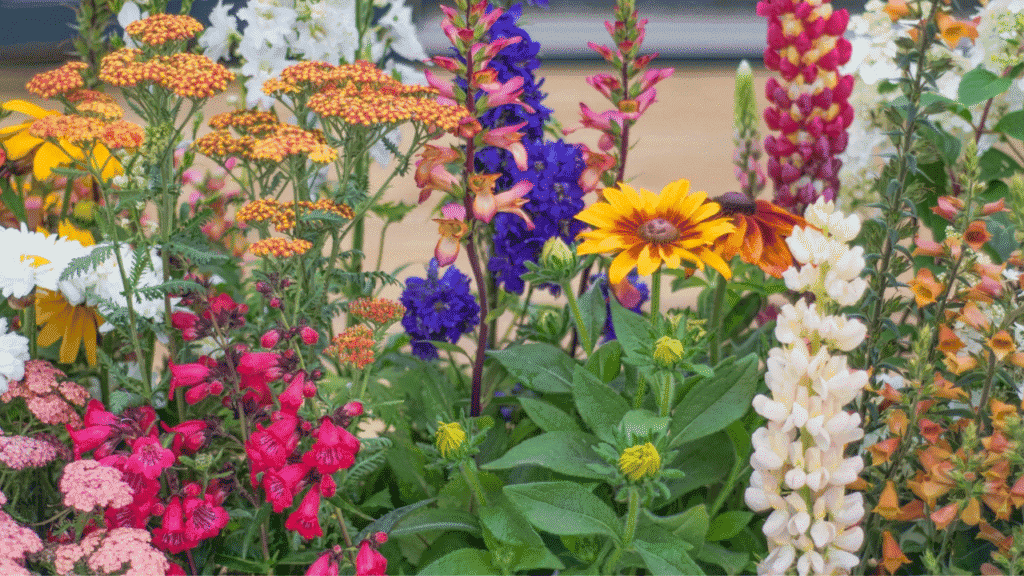
- Planting too much, too fast
- Ignoring spacing (crowded plants = less blooms)
- Forgetting to succession sow
- Not harvesting often enough (the more you cut, the more they bloom!)
Quick Tips to Keep You Growing
- Start with 3–5 flower varieties
- Keep a garden journal
- Practice patience — flowers teach it well
- Celebrate every bloom, no matter how small
Conclusion: You’ve Got This, One Bloom at a Time
If you’ve made it this far, you’re already a flower farmer at heart. Whether you’re planting one bed or dreaming of a whole field, your journey matters. Your hands might ache, your back might tire, but when you cut that first bouquet and see someone smile — it’s all worth it.
Remember: every gardener starts somewhere. And this? This is a beautiful beginning.
With love and petals,
Flora Lane
FAQs: Beginners Guide to Cut Flower Gardening | First Year of Flower Farming
Q1: How many flower types should I start with in my first year?
A1: Start with 3 to 5 easy varieties like zinnias, cosmos, and sunflowers. This keeps things manageable and increases your chances of success.
Q2: Can I start flower farming without a greenhouse?
A2: Absolutely. Many beginner flower farmers grow entirely outdoors. Use indoor seed-starting trays or direct sow after the frost date.
Q3: How soon can I start selling flowers from my garden?
A3: If your blooms are healthy and beautiful, you can sell in your very first season — often within 60–90 days of planting.

